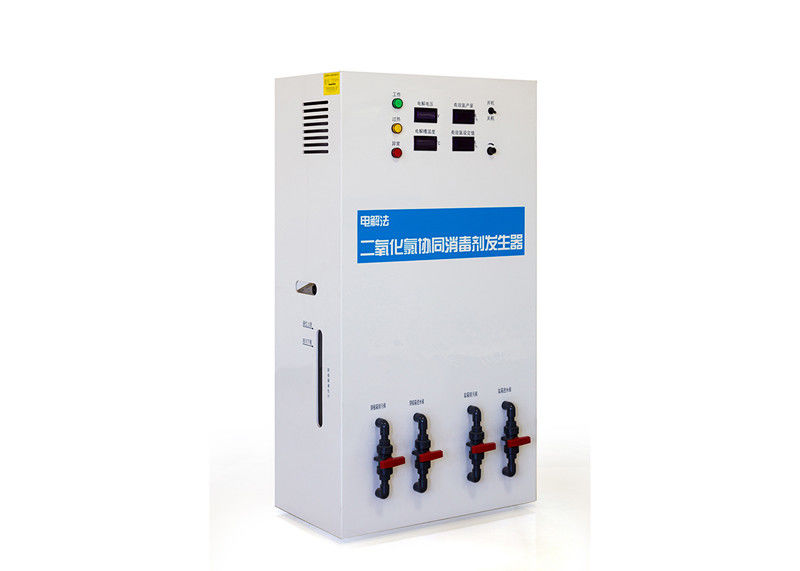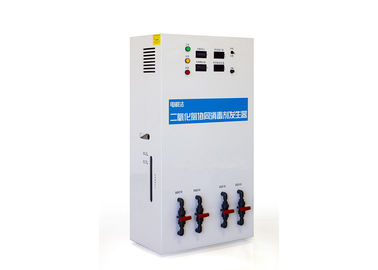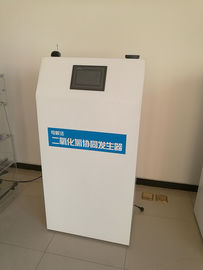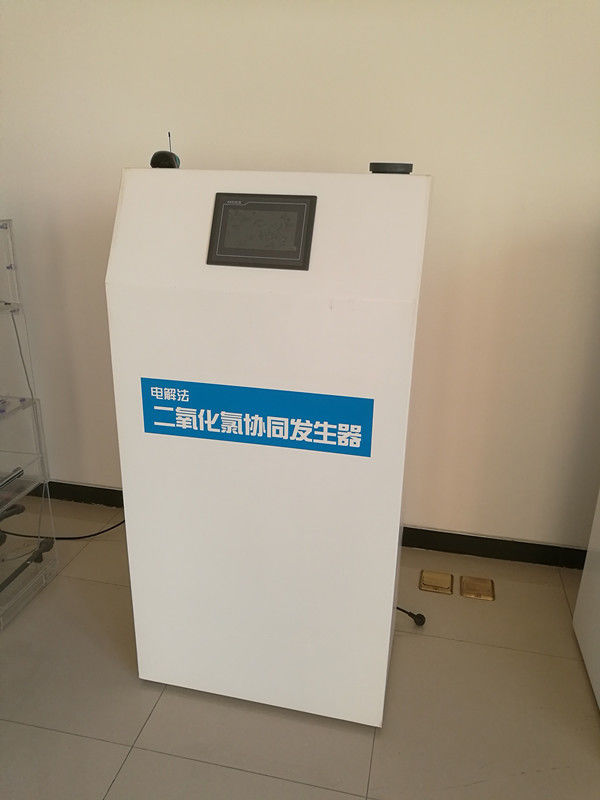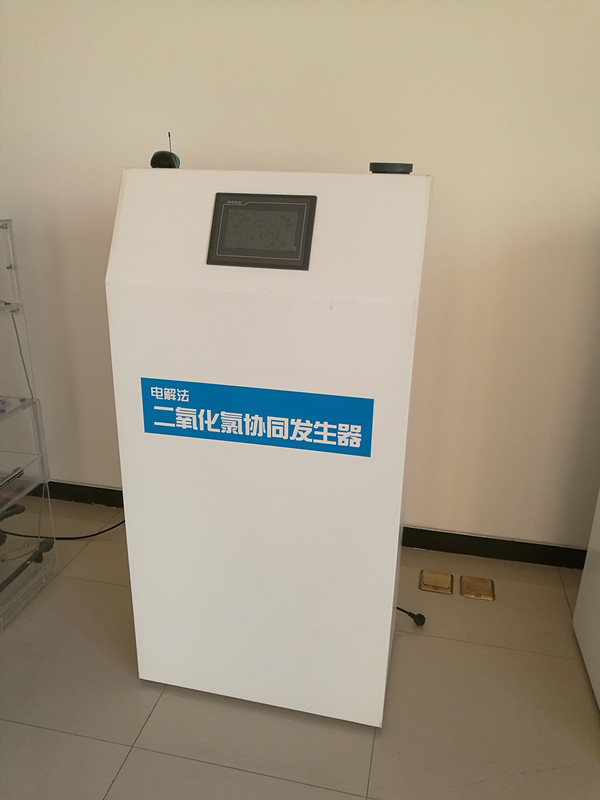Product Description
Water Treatment Plant Chlorine Dioxide Generator from Saturated Brine Solution
Introduction
Chlorine dioxide, ClO2, is one of the most effective bleaching agents for use in industrial and domestic process and services, and for commercial and consumer products. The strong oxidative potential of the molecule makes it ideal for a wide variety of uses that include disinfecting, sterilizing, and bleaching. Concentrations of chlorine dioxide in an aqueous solution as low as 1 part per million (ppm) or less, are known to kill a wide variety of microorganisms, including bacteria, viruses, molds, fungi, and spores. Higher concentrations of chlorine dioxide, up to several hundred ppm, provide even higher disinfection, bleaching and oxidation of numerous compounds for a variety of applications, including the paper and pulp industry, waste water treatment, industrial water treatment (e.g. cooling water), fruit-vegetable disinfection, oil industry treatment of sulfites, textile industry, and medical waste treatment
Reaction Principle
Saturated salt water electrolysis in the electrolysis tank that with special electrolysis diaphragm, generated the strong oxidizing disinfection gases such as ClO2, Cl2, O3, H2O2, by water-jet machine negative pressure extraction, mixed with water safety to be treated to achieve the purpose of disinfection process.
APPLICATIONS OF CHLORINE DIOXIDE
Due to its chlorine component, chlorine dioxide is used in water treatment for domestic and industrial uses to eliminate bacteria, reduce unpleasant odours or flavours, and remove silt, mould and algae as well as to help remove iron and manganese from untreated water. Specifically for water purification, chlorine dioxide has the major advantage of ensuring clean water from the tap where the action of other disinfectants such as ozone, ultraviolet light and ultrafiltration, is only temporary.
This advantage is common to chlorine too; there is no doubt that chlorination has saved an invaluable number of lives and many experts remain sceptical of the assumption that the enormous benefits of chlorine-based or chlorine dioxide can be provided by alternative methods of disinfection.
However, chlorine dioxide has advantages compared to chlorine for the treatment of potable water. Chlorine dioxide:
• is not affected by hydrolysis
• is immediately effective and less downgraded in big networks and reservoirs
• does not produce bromates or THM, which are very hazardous as cancer promoters, a big concern for potable water plants – especially when using seawater distillation. Halogenated compounds such as TTHMs and bromate, being toxic, are also dangerous in outlet waters for animal species in the environment.
For industrial applications, it should be noted that some plants have tried to avoid the use of chlorine or chlorine dioxide and instead are starting to use alternative products such as ozone for primary sterilisation. However, it is known that since ozone breaks down quickly, it cannot be used to maintain sterility in distribution systems and therefore small doses of chlorine and other disinfectants still have to be added. Moreover, reequipping plants is very expensive.
Specification
| Model |
Maximum yield of available chlorine |
Salt consumption |
Power |
Voltage |
Dimensions |
Outer pipe diameter |
| ( g / h) |
( g / g Cl2) |
(Kw) |
(AC V) |
L*W*H(mm) |
water intake |
Disinfectant outlet |
Sewage outlet |
| GBD-50-ClO2 |
50 |
1.6 |
<0.4 |
220 |
400*700*1300 |
DN15 |
DN15 |
DN15 |
| GBD-100-ClO2 |
100 |
1.6 |
<0.8 |
220 |
400*700*1300 |
DN15 |
DN15 |
DN15 |
| GBD-200-ClO2 |
200 |
1.6 |
<1.6 |
220 |
400*700*1300 |
DN15 |
DN15 |
DN15 |


 Your message must be between 20-3,000 characters!
Your message must be between 20-3,000 characters! Please check your E-mail!
Please check your E-mail!  Your message must be between 20-3,000 characters!
Your message must be between 20-3,000 characters! Please check your E-mail!
Please check your E-mail! 
